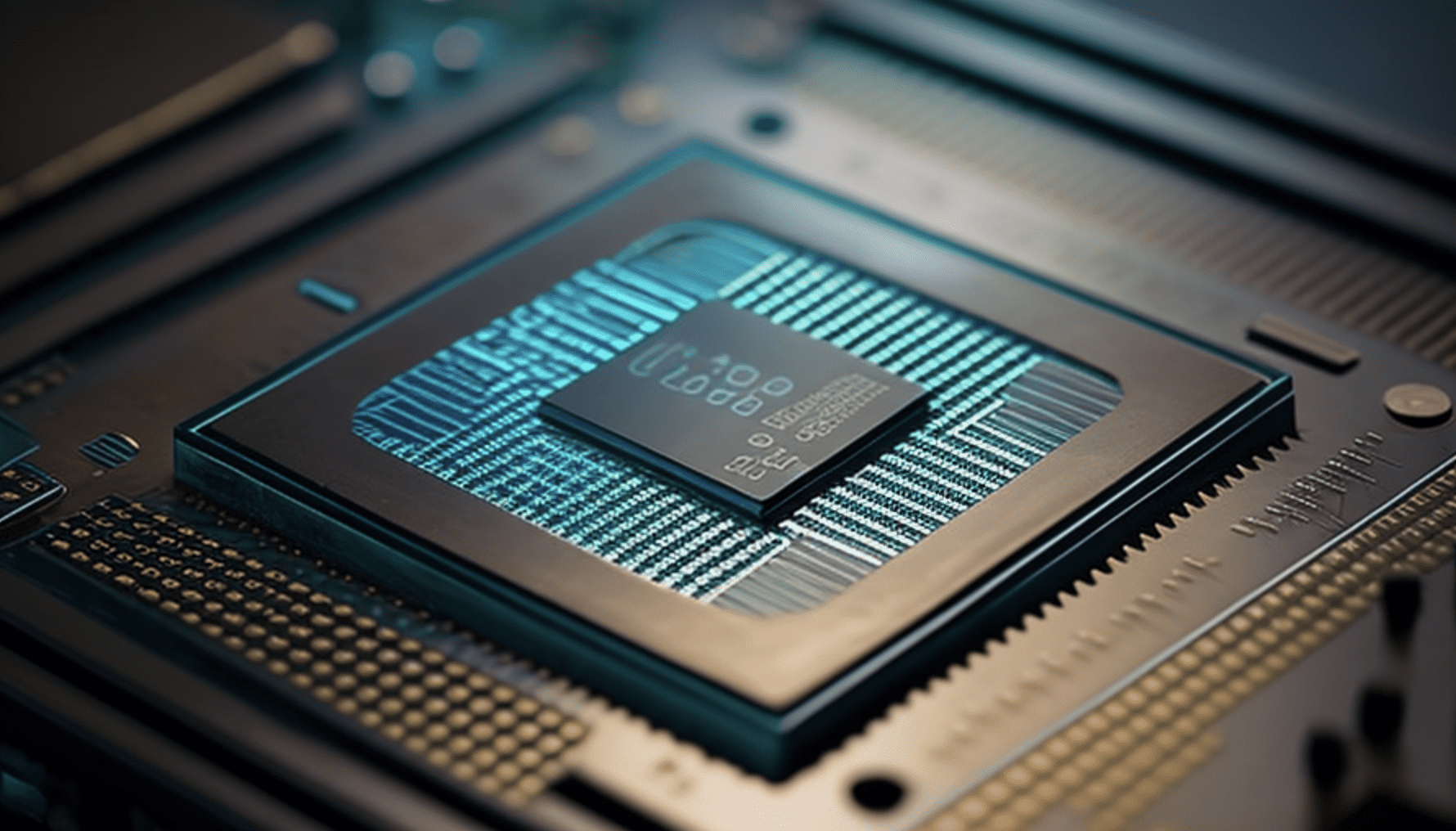
The European Semiconductor Industry Association (ESIA) urges the European Union to implement a long-term, coordinated industrial strategy led by a ‘Chips Envoy’ to align Europe’s semiconductor goals across various industries. This role is seen as crucial in positioning Europe as a global leader in chip production, with the EU aiming to secure 20% of the global market share by 2030. As outlined in the ESIA’s 2024–2029 political mandate recommendations, this strategy must include policies on research, manufacturing, and talent development. ESIA represents major players like NXP Semiconductors, Infineon, imec, and Fraunhofer.
Why is this important
Global demand for semiconductors is soaring, driven by the rise of new technologies such as artificial intelligence, 5G networks, and electric vehicles. Yet, Europe’s semiconductor production lags behind that of key competitors such as the United States and China.
The global semiconductor market is expanding rapidly, with chips powering essential technologies like smartphones, electric vehicles, and renewable energy systems. The European Union, recognizing the importance of semiconductors for its digital and green transitions, has already set a goal of achieving 20% global chip production by 2030. However, according to the ESIA, more action is needed to turn this vision into reality.
To spearhead this effort, the ESIA recommends the appointment of a ‘Chips Envoy’, a dedicated official responsible for aligning Europe’s industrial goals with its semiconductor strategy. This official would coordinate efforts across multiple industries, ranging from automotive to renewable energy, ensuring that the EU remains competitive in the global semiconductor race.
The ESIA’s call comes at a critical time. Global demand for semiconductors is soaring, driven by the rise of new technologies such as artificial intelligence, 5G networks, and electric vehicles. Yet, Europe’s semiconductor production currently lags behind key competitors such as the United States and China. The ESIA argues that Europe needs a more unified and proactive approach to catch up.
Chips Act 2.0
While the EU Chips Act has been a major step forward, the ESIA is pushing for a “Chips Act 2.0” to further enhance Europe’s semiconductor ecosystem. This updated policy should address gaps in the original framework, such as accelerating the approval process for semiconductor manufacturing facilities. Current delays, the ESIA notes, put European companies at a disadvantage when competing with firms from other regions.
The ESIA also stresses the need for a future-proof state aid regime to support the sector. European semiconductor firms compete globally and require the same level of support that competitors in the U.S. and Asia receive from their respective governments.
A smart policy approach for competitiveness
One of the ESIA’s key recommendations is establishing a European-wide “competitiveness check.” This would ensure that all policies, whether related to technology, environment, or trade, are aligned with the overarching goal of boosting Europe’s semiconductor industry. The ESIA warns that conflicting policies and excessive administrative requirements could stifle growth, preventing Europe from reaching its 2030 target.
To implement this holistic policy strategy, the ESIA advocates for creating an Alliance for Processors & Semiconductor Technologies. This initiative would involve industry leaders and align with the work of the European Semiconductor Board, made under the EU Chips Act.

A need for skilled workers
A critical challenge facing Europe’s semiconductor industry is the shortage of skilled workers. The ESIA estimates that Europe will need between 10,000 and 15,000 new skilled workers to staff the semiconductor manufacturing facilities set to be built in the coming years. More broadly, the European semiconductor ecosystem could face a shortfall of up to 350,000 employees by 2030.
To address this issue, the ESIA calls for an EU-wide education strategy to attract talent to STEM subjects. This effort should begin at the primary school level and continue through to university, with a particular focus on apprenticeships and dual learning programs. The ESIA also highlights the need for dedicated semiconductor training centers in Europe, noting that many current talents are forced to go abroad for specialized education.
The ESIA’s recommendations are pivotal for Europe’s semiconductor industry. As global competition heats up, Europe must act swiftly to secure its position in the market. With a coordinated strategy, backed by smart policies and a robust talent pipeline, the EU can achieve its ambitious goal of becoming a global leader in semiconductor production by 2030.
Photonics and ASML
Jose Pozo, Chief Technology Officer at Optica and a renowned visionary in the photonics industry, shares ESIA’s call to keep Europe competitive in the fast-moving global race for semiconductor dominance. Moreover, “for the photonics industry, staying close to these developments is essential”, he writes on Linkedin. His focus is not only on photonics, though. Pozo is also worried about the latest steps in the Netherlands: “As the Dutch government, under pressure from the US, considers further limits on the export of chipmaking machinery to China, there are growing concerns that ASML (and its Brainport Eindhoven suppliers) could lose one of its largest markets.”

